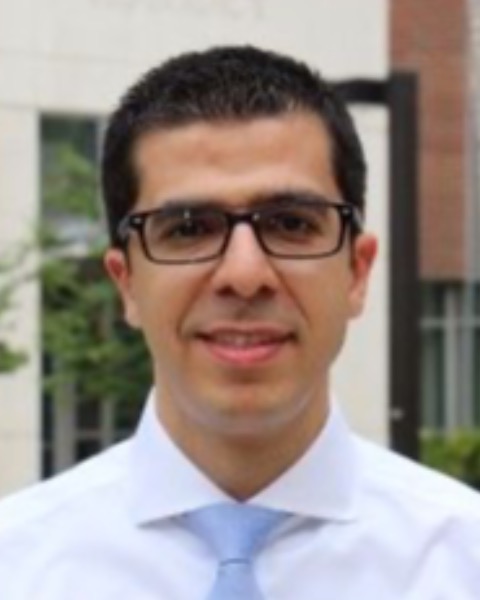Use of Beta-Lactam Therapeutic Drug Monitoring in the Pediatric Intensive Care Unit
-

Kalen Manasco, BCPS, PharmD, BCPPS
Clinical Professor
University Of Florida College of Pharmacy
Gainesville, FloridaDisclosure information not submitted.
-
JV
John Vila, n/a
PharmD student
University Of Florida College of Pharmacy
Gainesville, Florida, United StatesDisclosure information not submitted.
-
WB
William Bortcosh, MD
Clinical Assistant Professor
University of Florida, United StatesDisclosure information not submitted.
-
RA
Renad Abu-Sawwa, PharmD
Clinical Assistant Professor
University Of Florida College of Pharmacy
Gainesville, Florida, United StatesDisclosure information not submitted.
-
CP
-
SC
Silvana Carr, MD
Clinical Assistant Professor
University of Florida, United StatesDisclosure information not submitted.
-

Mohammad Alshaer, PharmD, PhD
University of Florida
Gainesville, FloridaDisclosure information not submitted.
-
SC
Shelley Collins, MD
Professor of Pediatrics
University of Florida, United StatesDisclosure information not submitted.
-
KD
Kathryn DeSear, PharmD
Clinical Pharmacy Specialist
UF Health, United StatesDisclosure information not submitted.
-
BS
Barbara Santevecchi, PharmD
Clinical Pharmacy Specialist
UF Health, United StatesDisclosure information not submitted.
-
VV
Veena Venugopalan, PharmD
Clinical Associate Professor
UF and UF Health, United StatesDisclosure information not submitted.
First Author(s)
Co-Author(s)
Title: Use of Beta-Lactam Therapeutic Drug Monitoring in the Pediatric Intensive Care Unit
Introduction: Beta-lactam therapeutic drug monitoring (BL-TDM) optimizes drug concentrations to ensure maximal efficacy and minimal toxicity. BL-TDM data in the pediatric population is sparse. The objectives of this study were to evaluate the achievement of beta-lactam PK/PD targets and to further assess clinical outcomes in patients admitted to the pediatric intensive care unit (PICU).
Methods: This was a retrospective review of pediatric patients (≤ 18 years) with available BL-TDM between November 2020 and May 2021 admitted to the PICU at the University of Florida Health Shands Hospital. At our institution, the current practice is to obtain two concentrations (peak and trough) for sampling. Total serum concentrations of BL were measured and free concentrations were calculated based on protein binding estimates in the literature. The primary outcome of this study was the attainment of free trough concentrations 4-fold higher than the MIC of the pathogen (fCmin:MIC≥4). The secondary outcomes were to evaluate attainment of free concentrations above the MIC of the pathogen for the duration of the interval (fCmin:MIC=1) and to further assess clinical success. Clinical success was defined as resolution of fever and normalization of leukocytosis at the end of therapy or at hospital discharge, and the absence of changes in antibiotic therapy.
Results: Eighteen patients with 45 concentrations were included in the analysis. Fifty percent (n=9) of the patients were male and the median age of the cohort was 11 years (IQR, 3-13). The most common BLs with TDM were cefepime (n=8, 44%), ceftriaxone (n=5, 22%), and meropenem (n=2, 11%). Pneumonia (44%) was the most common indication for antibiotics. The median duration of BL treatment was 5.5 days (IQR, 2.25-11) and the median time to TDM from the start of BL therapy was 1 day (IQR, 0-1.25). For the primary outcome, fCmin:MIC≥4 was attained in 5 patients (28%). For the secondary outcomes, a target of fCmin:MIC=1 was attained in 12 patients (67%), and clinical success was achieved in 17 (94%) patients.
Conclusions: BL-TDM is a crucial tool in the ICU setting because altered pharmacokinetics (PK) during critical illness has been linked to enhanced BL clearance. Patients attaining PK/PD target targets of fCmin:MIC≥4 and fCmin:MIC=1 are low, highlighting the role of BL-TDM.
